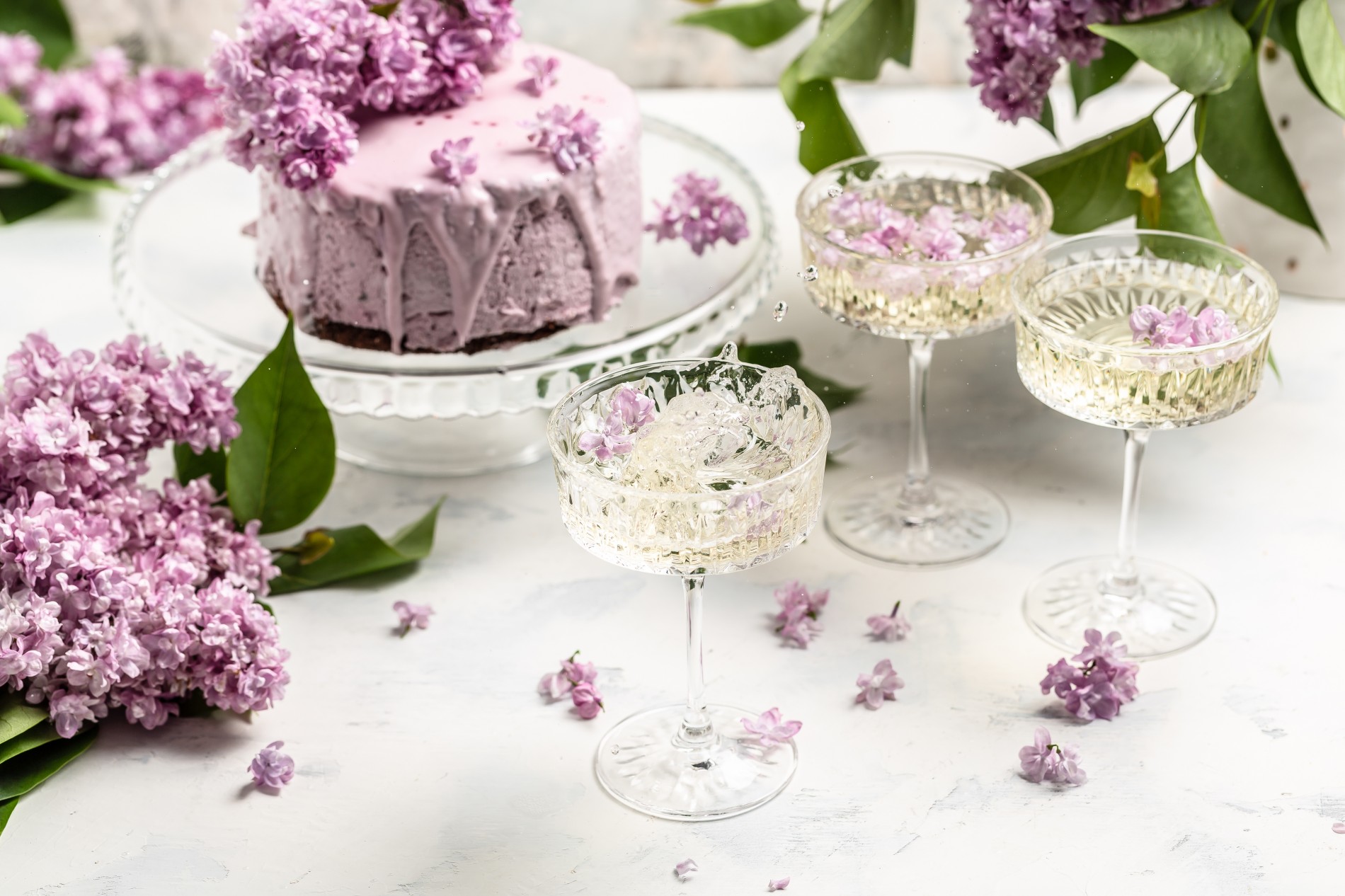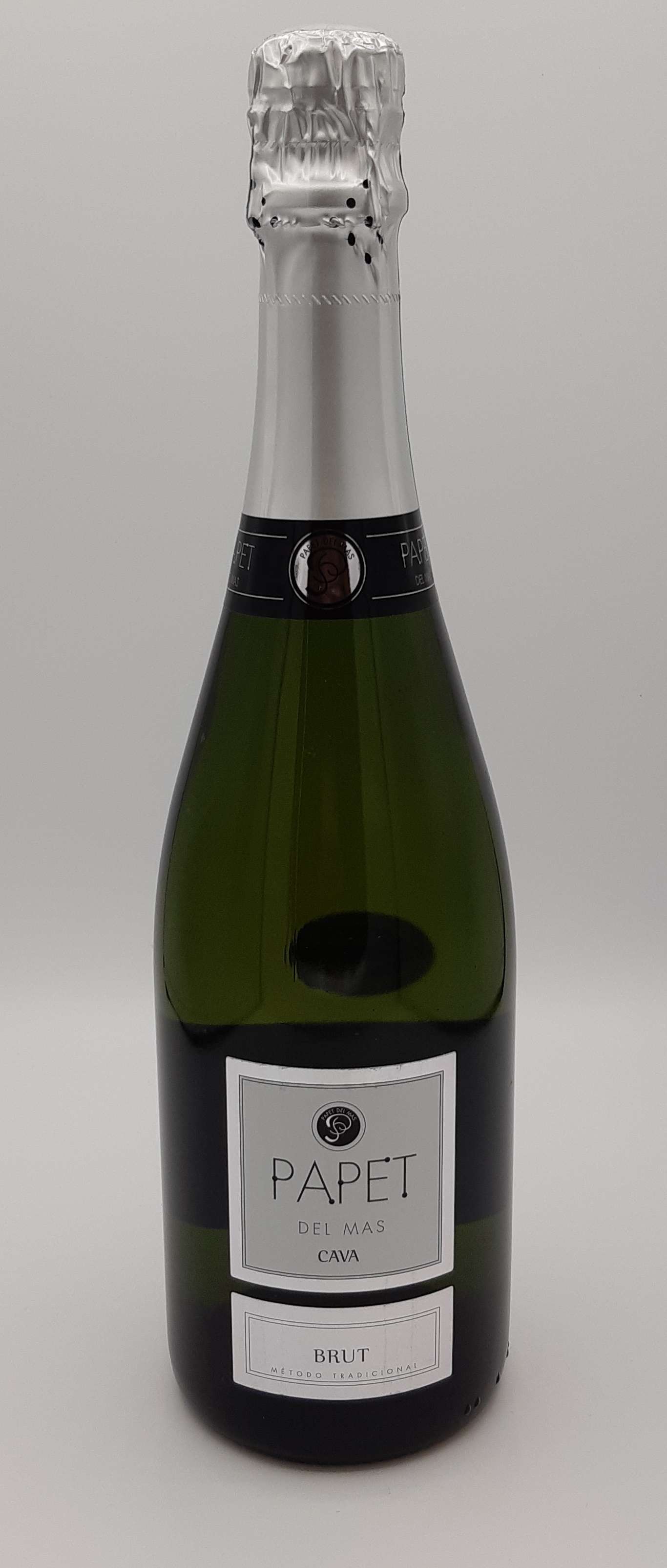
The Differences Between Prosecco, Cava and Champagne
Prosecco, Cava and Champagne are all perfect served chilled on a sunny day, with nibbles at a party or as the base for a decadent cocktail. Cheers!


Prosecco, Cava and Champagne are all perfect served chilled on a sunny day, with nibbles at a party or as the base for a decadent cocktail. Cheers!
When it comes to the bubbles in your flute, not everything is created equally. We are often asked ‘What is the difference between Champagne, Prosecco and Cava?’ and this is usually followed by a question around which is best.
Whilst Champagne is widely considered the standard bearer of quality and the only drink worth pouring at a big celebration, both Prosecco and Cava – as well as other very good sparkling wines – are catching up in popularity. It seems that everyone beginning to realise that as with all good food and drink, the quality of the individual grape, winery and process matters far more than a regional name.
Luckily for all of us, this means that there are more sparkling wine options available than ever – so how do you know which one will suit your tastes, what to drink when, and how to tell a stand out Cava, Prosecco or Sparkling Wine?
Some of our team favourites:
This is the single largest difference between the three big sparklers, each of which is protected under Geographic Indication – a set of strict regulations that limits the naming of food and drink to a specific region of the world, often referred to as appellation.*
Champagne, Cava and Prosecco are each produced using different grape varietals.
The ‘traditional method’ of making a bottle of fizz involves creating a still wine and then bottling it with yeast and sugar, which will form bubbles when left to ferment. Both Champagne and Cava are made using this method.
The addition of the yeast means they need to be left to age so that the flavours can develop. Champagne takes a minimum of fifteen months to produce the best flavours and aromas, while Cava takes a little less time at around least nine months.
Prosecco uses a different technique known as the ‘Tank Method’. Rather than adding extra flavours and ingredients to the bottle, still wine ferments within a pressurised tank. This means that Prosecco does not require any ageing, and in fact, will taste best the sooner you drink it!
We all have a preference when it comes to our bubbles, but did you know that they difference comes from a combination of the grapes used, winemaking techniques and ageing times.
Wines vinified using traditional-method fermentation – so Champagne and Cava - have a special something to add an extra layer of complexity: lees contact. Lees, the dead yeast cells left behind when fermentation is finished, are trapped inside the bottle until the wine is disgorged and ready to be sold.
As they remain in the wine, the lees impart both flavor — that savory, yeasty, brioche-like quality — and creamy texture that increases over time. Even the most basic Cava must spend nine months aging on the lees, meaning that it will likely have more non-fruit flavors and minerality.
Prosecco, because it undergoes secondary fermentation in tank and is then transferred to bottle, does not spend extended time in contact with the lees, nor does it have any minimum aging requirements. This creates a simpler, more fruit-driven flavour profile that fans of this bubbly fizz adore.
Perfect as an apéritif, served chilled on a sunny day or with nibbles as party food Prosecco, Cava and Champagne are all an international favourites for fans of sparkling wines. So, raise a glass everyone and let’s celebrate the fizz.
Sparkling wines can be drunk on their own – far, far too easily sometimes! – but they are also perfect start to any dinner party or get together. They are delicious with nibbles at a party and really do make salty crisps and nuts taste even more moreish! With that said, because of the bubbles they make an ideal match for Afternoon Tea with pastries, biscuits, cakes and macarons.
All sparkling wines make a wonderful cocktail base and some of the world’s most famous recipes start with a good bottle of fizz. Think Bellinis, Mimosas, Kir Royales and Aperol Spritz.
We love ours with around 20mls of flavoured gin liqueur and our current favourites are Perth Gin Blood Orange and Gin Bothy Rhubarb.
Ensure the provinance and quality of your sparkling wine by looking out for the following:
Provender Brown is proud to stock some of the world's best Champagne, Prosecco and Cava. If you'd like help choosing a bottle please speak to one of our team who will be happy to help you.
More Champagne & Sparkling Wine >




Festive Opening Hours
Monday 29th 9-5pm, Tuesday 30th 9-5pm, Wednesday 31st 9-3pm
Closed 1st & 2nd January